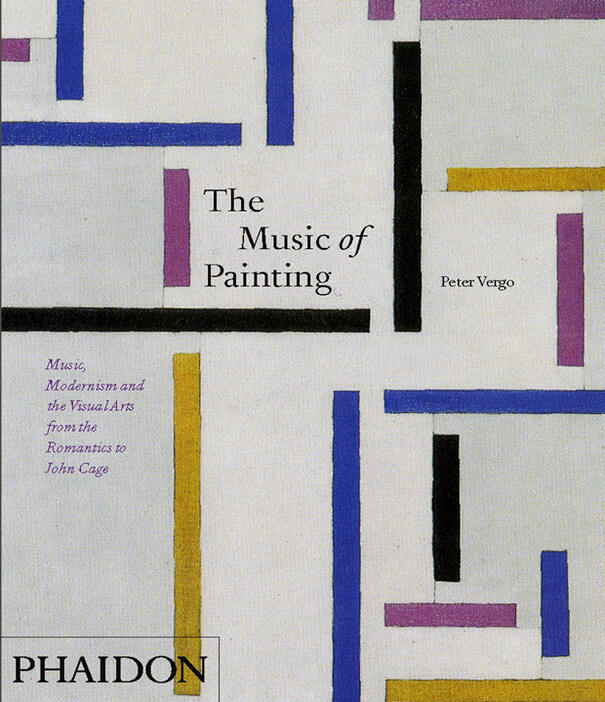

The Music of Painting: Music, Modernism and the Visual Arts from the Romantics to John Cage
- Format: Paperback
- Size: 245 × 172 mm (9 5/8 × 6 3/4 in)
- Pages: 384 pp
- Illustrations: 146 illustrations
- ISBN: 9780714863863
"A constant source of delight... Immensely informative... with its constantly engaging prose and many illustrations this book is extremely enjoyable as well as thought-provoking."—International Record Review
"Lucid and engrossing."—The Independent
"Cross disciplinary to-ing and fro-ing is elegantly orchestrated in this book by Peter Vergo, a must have for anyone interested in why Modernism looks (and sounds) as it does."—Art Quarterly
"Scholarly and sizable … its articulate prose and beautiful presentation [...] make it a worthy contender for your Christmas wish lists."—Muso
"Over a long period, Peter Vergo has submitted music and the visual arts to sustained comparative analysis. Often on untrodden ground, for a time the only voice in British scholarship in this field, his work is consistently engaging and enlightening... Vergo teases logical sequences from dense histories – for instance the trajectory of Chopin-Delacroix-Baudelaire-Whistler-Debussy... The range and scope of the two volumes That Divine Order and The Music of Painting is astonishing... Together, these two volumes offer a dictionary of the subject that will be invaluable to scholarship for years to come. This latest study not only makes it clear once and for all the significance of the interchange of the arts, but, I would suggest, casts new light on Modernism itself."—The Burlington Magazine